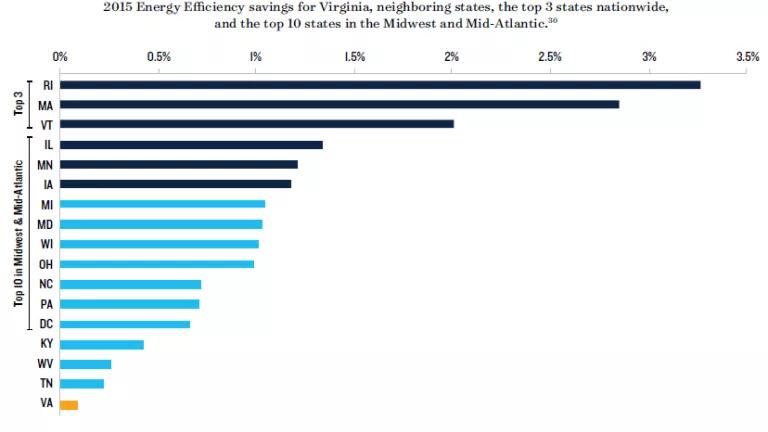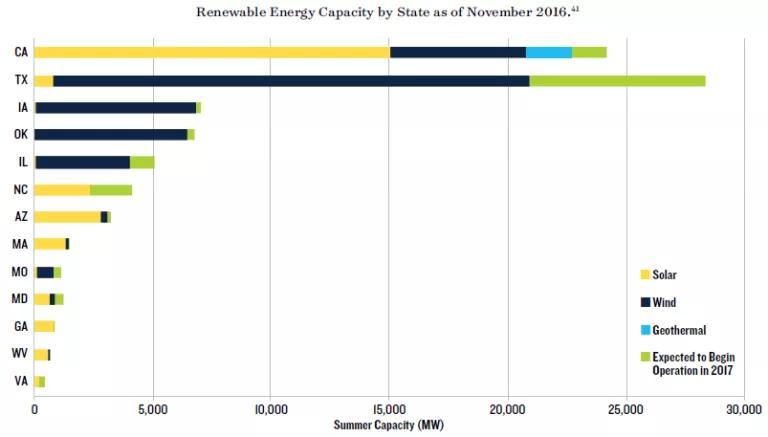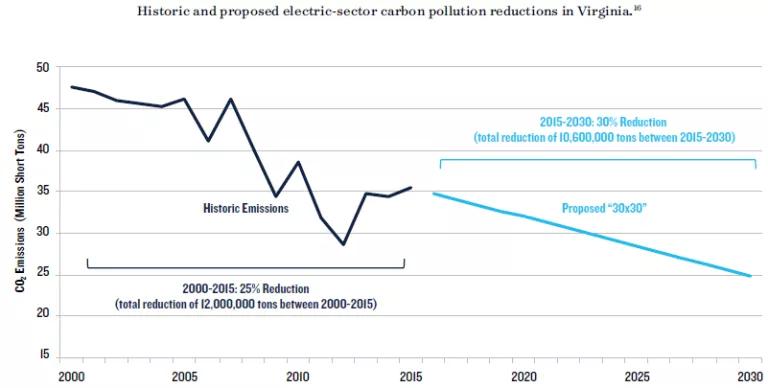
Governor McAuliffe is in the best position to protect Virginians’ safety and pocketbooks from President Trump’s polluter-driven assault on clean air, clean energy, and public health.
McAuliffe has long promised to deliver decisive action to curb climate change and spur clean energy in Virginia. While Trump’s proposed draconian cuts to the EPA will be up to Congress to address, Trump’s attack on the Clean Power Plan—the country’s best opportunity to rein in climate change by cutting carbon pollution from our largest source, power plants—puts the ball squarely in McAuliffe’s court.
McAuliffe can stop Trump and his polluter allies in their climate-denying tracks at Virginia’s border, and instead chart the state’s clean energy destiny. And he can do it now.
Using his existing statutory, administrative authority as Virginia’s governor, charged with protecting the state from air pollution, McAuliffe can expand cleaner, cheaper renewable energy and energy efficiency while reducing climate change pollution at the same time.
The most meaningful way for McAuliffe to this is to advance a Virginia-specific plan to cut carbon pollution from the power sector 30% by 2030.
This achievable, “30x30” goal to block Trump’s assaults, outlined in this NRDC issue brief, would essentially require two straightforward initiatives: 1) growing renewable energy to reach 20% of the state’s energy mix by 2030; and 2) increasing energy efficiency to reduce electric sector energy waste by 1.5% (as a percentage of statewide electric demand). Today, comparable levels of clean energy have already been achieved (or will be soon) in many other states—all Virginia needs to do is catch up with those clean energy advances already demonstrated and successful elsewhere. Indeed, to paraphrase Senator Kaine, if America could get to the moon in half the time, this is certainly something Virginia has the ingenuity to accomplish.
This 30x30 plan is a homerun for McAuliffe:
First, clean energy is a job creator. By delivering a clean energy economy through a 30x30 plan that increases renewables and energy efficiency, McAuliffe would drive the creation of good-paying clean energy jobs, while simply catching up with a wide variety of states that have already pulled far ahead of Virginia on clean energy. These states include Virginia’s neighbors West Virginia, North Carolina, Maryland, and Tennessee. (See figures 1 & 2 below.)

Second, Virginia has already made similar carbon pollution reductions in the recent past, and 30x30 would simply continue and strengthen that progress of cleaning Virginia’s air and modernizing its economy (see figure 3 below).

Lastly, with a 30x30 plan, McAuliffe would also prevent the overbuild of unneeded, expensive, and polluting natural gas plants currently envisioned by Dominion Power, the state’s largest utility. Even though there is a glut of energy available on Virginia’s regional grid, Dominion in its long-term “Integrated Resource Plan,” is planning for more natural gas plants, on top of the 5-in-a-row fossil fuel-fired, carbon-intensive plants they will have built by the end of this decade. A 30x30 goal would instead ensure that clean energy, not dirty energy, drives the New Virginia Economy McAuliffe hopes to build.
We know that Trump and the polluter special interest groups that guide him will continue their attacks on science, health, and clean air.
Luckily, Virginia can chart its own path forward to protect Virginians’’ health, its coastline, and its economy. McAuliffe can take the first step with 30x30, and cement his legacy of creating jobs by protecting Virginians from Trump’s polluter assault on human health and safety.

